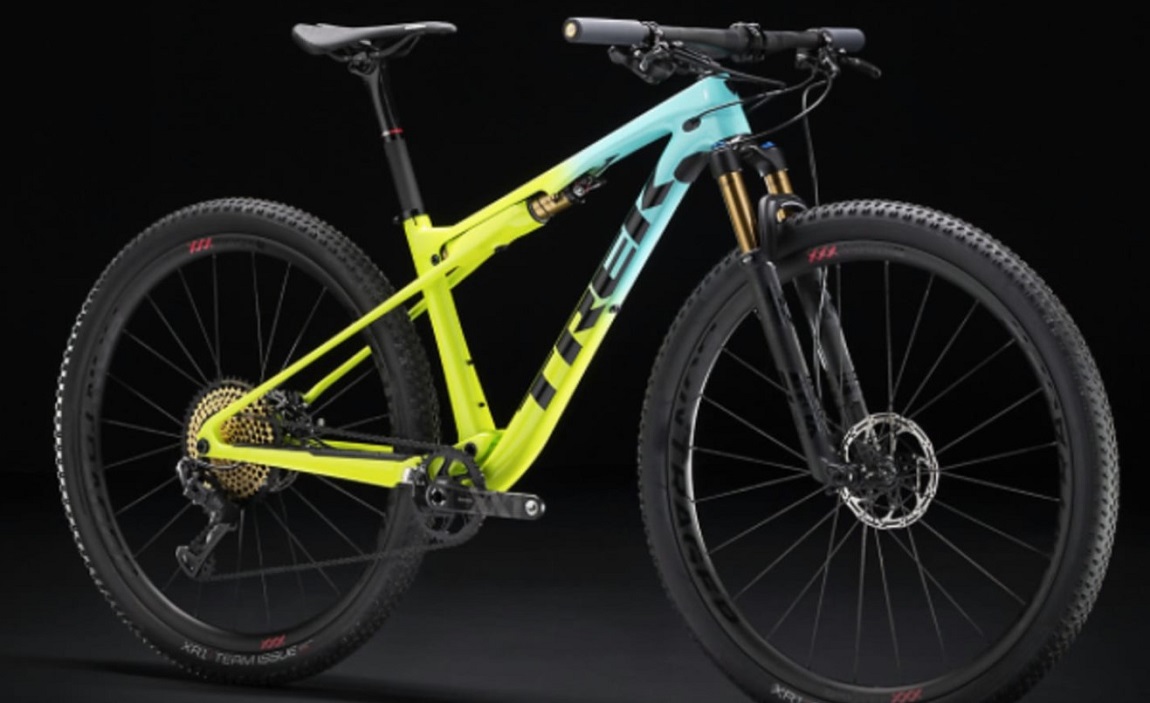“H” and “L” on a bike refer to high and low gears, respectively. These gears determine the mechanical advantage and effort required for pedaling. “H” (high gear) is harder to pedal but provides greater speed, while “L” (low gear) is easier to pedal and offers more power for climbing or challenging terrains.

High Gear (H)
In cycling, the term “H” stands for high gear. When a bike is in high gear, the chain is positioned on the larger chainring (front gear) and a smaller cog (rear gear) on the cassette.
This gear combination results in greater speed with each pedal stroke.
High gears are typically used when riding on flat or downhill terrain, as they allow the cyclist to cover more ground with less effort.
Low Gear (L)
Conversely, “L” stands for low gear. When a bike is in low gear, the chain is positioned on the smaller chainring (front gear) and a larger cog (rear gear) on the cassette.
This gear combination offers increased mechanical advantage, making it easier to pedal.
Low gears are especially useful when climbing steep hills or riding on challenging terrains, as they provide the cyclist with more power for each pedal stroke.
Choosing the Right Gear
Selecting the appropriate gear for the terrain and your level of exertion is crucial for an efficient and comfortable ride. Here’s a breakdown of when to use high and low gears:
- High Gear (H):
- Suitable for flat terrain and downhill stretches.
- Provides greater speed with less pedaling effort.
- Ideal for cruising and maintaining a consistent pace on smooth roads.
- Low Gear (L):
- Best for uphill climbs, steep gradients, and challenging terrains.
- Offers more power for each pedal stroke, making it easier to conquer inclines.
- Reduces strain on the knees and muscles during demanding sections.
Understanding Gearing Systems
Bicycles may have multiple gears, allowing cyclists to adjust their effort according to the riding conditions.
Gears are controlled by shifters located on the handlebars.
Modern bikes often have a variety of gears, including intermediate options that provide a balance between high and low.
Conclusion
Understanding the meaning of “H” and “L” on a bike’s gear shifters is essential for optimizing your cycling experience.
Knowing when to shift into high or low gears based on the terrain and your energy levels will help you ride efficiently, comfortably, and with better control.
Whether you’re cruising at high speeds or conquering challenging hills, adjusting your gears appropriately will enhance your overall cycling performance.